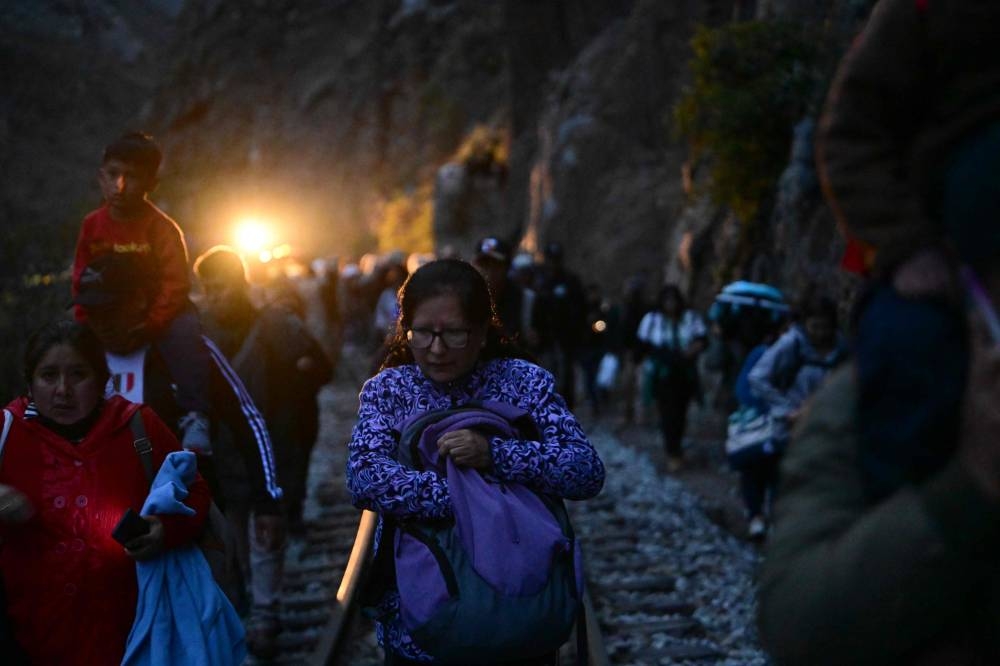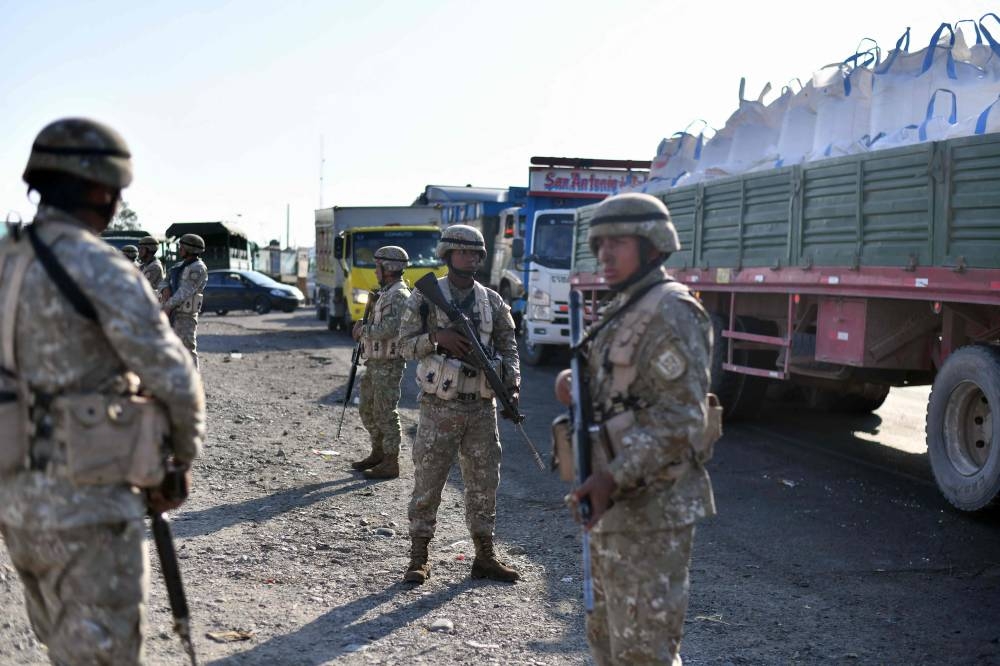CUSCO (Peru), Dec 18 — Peru’s embattled President Dina Boluarte said yesterday she would not step down in the face of violent protests over her predecessor’s ouster as she called on lawmakers to bring forward elections as a way to quell unrest.
The country’s Congress rejected a bid Friday to hold polls next December, more than two years earlier than scheduled, as deadly protests left thousands of tourists stranded near Machu Picchu and furious demonstrators — and some lawmakers — called for Boluarte’s departure.
But in an address aimed at tamping down the unrest rocking the South American nation, the new president stood defiant.
“What is solved by my resignation? We will be here, firmly, until Congress determines to bring forward the elections,” Boluarte told Peruvians.
On Friday, House speaker Jose Williams said the vote on the election schedule could be revisited during a forthcoming session of Congress.
Peru was plunged into political crisis on December 7 when then-president Pedro Castillo was impeached and arrested after he attempted to dissolve Congress and rule by decree.
The unrest has swelled across several cities and regions, leaving at least 18 people dead, including minors.
In a televised address, Boluarte expressed regret for the protests and the deaths, most of which came in clashes with security forces including the military, which has been authorised to impose order under a state of emergency.
If armed troops were on the streets, “it has been to take care of and protect” Peru’s citizens, Boluarte said, adding that the protests were “overflowing” with violent elements that were coordinated and not spontaneous.
“These groups did not emerge overnight. They had tactically organised to block roads,” she said.
Protesters are calling for the release of Castillo, the resignation of Boluarte and closure of Congress, and immediate general elections.
Health minister Rosa Gutierrez said Friday that 18 people had been killed in clashes since Castillo’s arrest. Two cabinet ministers have resigned over the deaths.
Initially detained for seven days, Castillo was on Thursday ordered to spend 18 months in pretrial detention.
The leftist former schoolteacher stands accused of rebellion and conspiracy, and could be jailed for up to 10 years if found guilty, according to public prosecutor Alcides Diaz.
Boluarte declared a 30-day nationwide state of emergency and said she wanted to bring forward elections as a way to calm the uproar, but Friday’s measure fell short of passage in Congress.
The rising death toll seemed to weaken Boluarte’s grip on the presidency.
“Due to the number of dead Peruvians, Mrs. Boluarte needs to resign,” said Susel Paredes, a centrist legislator.

Tourists in limbo
Several airports have been closed, including the international terminal in Cusco, the gateway city to the jewel of Peruvian tourism, the Inca citadel of Machu Picchu.
Cusco’s airport is the third largest in Peru, and armed soldiers were seen Saturday standing guard outside.
It has been closed since Monday, when protesters tried to storm the terminal.
“There are 5,000 tourists stranded in the city of Cusco. They are in their hotels waiting for flights to restart,” Darwin Baca, mayor of nearby Machu Picchu, told AFP.
Rail service to Machu Picchu has been suspended since Tuesday.
An army helicopter was due to arrive there yesterday to begin shuttling stranded tourists to Cusco, officials said.
Around 200 tourists, mostly Americans and Europeans, have set off on foot to make a 30-kilometre trek along train tracks to the town of Ollantaytambo, where trains are running to Cusco.

‘Criminal investigation’ needed
The death toll rose sharply Thursday when soldiers protecting the Ayacucho airport shot at protesters.
Soldiers “found themselves surrounded with the masses closing in,” rights ombudsman Eliana Revollar told AFP.
The army says its soldiers would have first raised their weapons and then fired into the air, but Revollar said shots were fired at protesters.
“This merits a criminal investigation. These people have died from gunshot wounds,” she said.
On top of the deaths in clashes, six people have died in incidents related to roadblocks, such as being prevented from reaching a hospital.
The nation’s human rights ombudsman’s office said 518 people have been injured in the clashes, including 268 police officers. — AFP






















